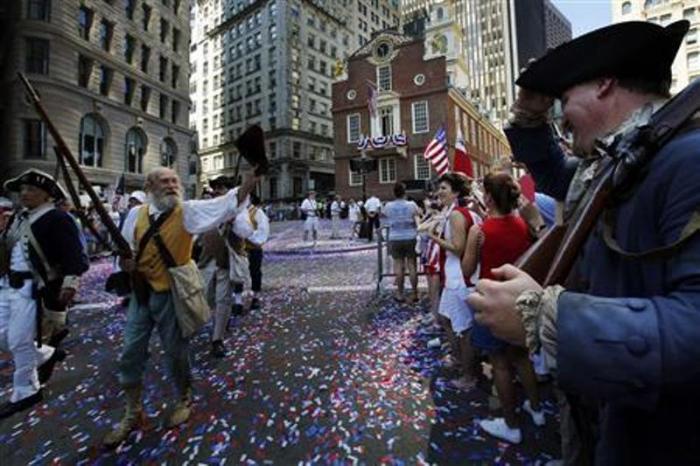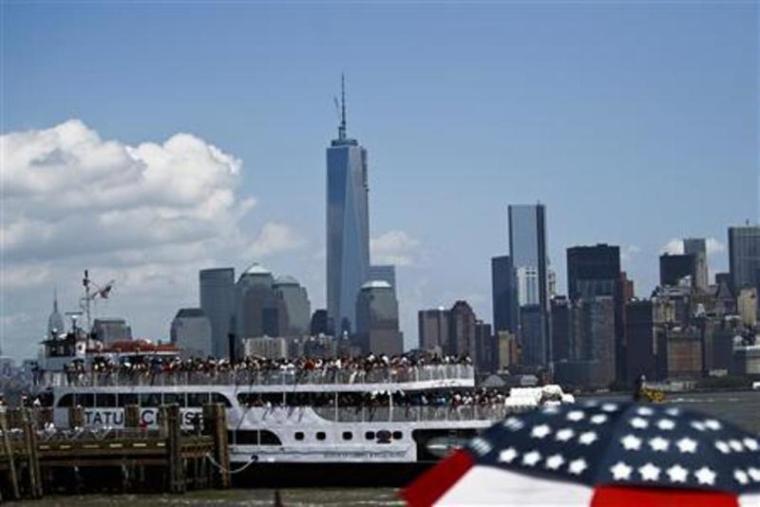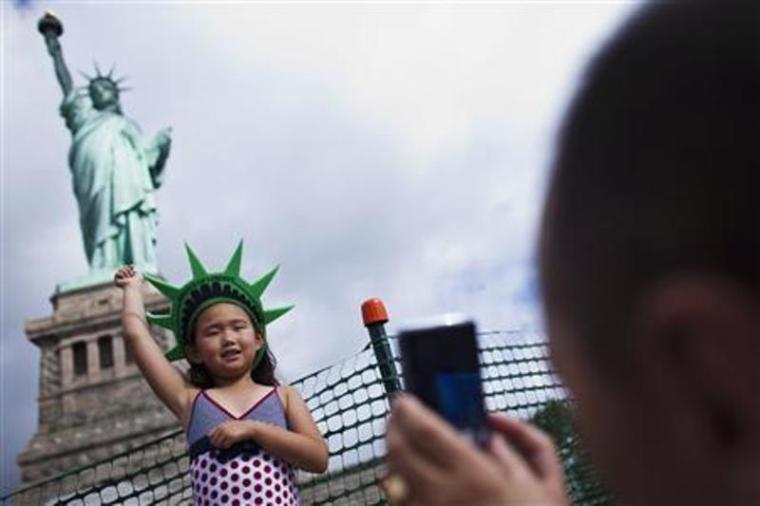7 Myths and Facts About the Fourth of July
Americans are celebrating the United States' 238th Independence Day Friday, marking the time in which the Declaration of Independence was propagated to the rest of the world.
The Fourth of July has become a major holiday noted for its parades, barbeques, and numerous fireworks displays. As with other holidays, July 4th has its own mythology and interesting factoids surrounding it.
Here are some random trivia:
1. July 2 is the "real" Independence Day
Contrary to popular belief, the motion that the Continental Congress approved to declare independence was approved on July 2, two days earlier.
According to historian Ray Raphael, July 4 became the day of remembrance due to a different, yet related, action by the Congress.
"On July 4, the second day after it declared the United States to be an independent nation, Congress approved a document that explained its reasons," wrote Raphael for the Journal of the American Revolution.
"As so often happens in history, representation of the event would have more staying power than the event itself."
2. An international element
In his book, The Declaration of Independence: A Global History, David Armitage noted the global ramification and focus of the Declaration approved in early July.
According to Armitage, the first published copy of the Declaration was printed by an Irishman, with most of the copies being put on Dutch paper. Of the 55 delegates to Congress, nine were born in the British Isles and more than a dozen were educated in Europe.

3. Three deaths and a birth
Three former presidents, Thomas Jefferson, John Adams and James Monroe died on July 4. Monroe died in 1831 and Jefferson and Adams both died in 1826.
Calvin Coolidge, the 30th president of the United States who was known for speaking little, was born on July 4, 1872.
4. A genre born
With the publication of the Declaration, argued David Armitage, a new genre of political writing was created.
"No document before 1776 had ever been called a declaration of independence," wrote Armitage in his book, The Declaration of Independence: A Global History.
Armitage counted over 100 declarations of independence having been issued since 1776, with the later ones often borrowing the form and rhetoric of the first.
Ironically, this includes the Vietnamese declaration of independence from 1945, which opens by specifically quoting and citing the U.S.'s declaration.
5. The most ironic July 4 quote never spoken
Online and offline the claim has long been made that while writing in his diary entry for July 4, 1776, King George III stated: "Nothing of importance happened today."
Arnold Hunt, curator of historical manuscripts at the British Library, told National Public Radio in 2007 that the laughable quip was never written by the British monarch who fought the American Founding Fathers.
"King George III never kept a diary. … The quote is a variation of another well-known story from the French Revolution," said Hunt to NPR.
Regarding the French Revolution story, it was said that on the day the French Revolution King Louis XVI wrote in a diary the phrase "nothing," regarding a failed hunt.
6. Ages
At age 70, Benjamin Franklin of Pennsylvania was the oldest signer of the Declaration of Independence. Edward Rutledge of South Carolina, 26, was the youngest.
Charles Carroll of Maryland was the last surviving signer of the Declaration. He died in 1832, outliving the likes of Franklin, Jefferson and Adams, at 95.
7. There is something on the back
In the blockbuster action film "National Treasure," Nicholas Cage looked for an ancient treasure the whereabouts of which could be found via a map on the back of the Declaration of Independence.
According to Maria Vultaggio of the International Business Times, there is indeed something written on the back of the Declaration.
"… there is apparently a message written upside down at the bottom of the signed document: 'Original Declaration of Independence dated 4th July 1776,'" reported Vultaggio.
"It's not known who wrote it or when. Since parchment was usually rolled up during the Revolutionary War years, it's thought this memo served as a label."

































